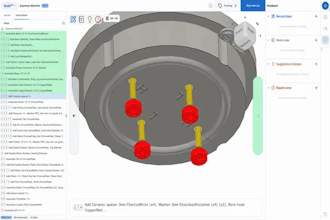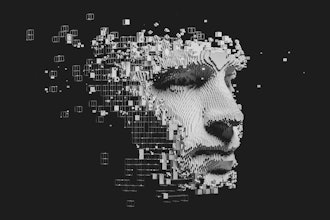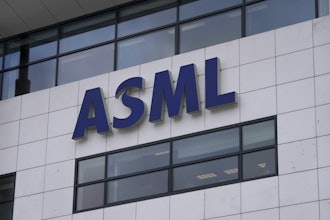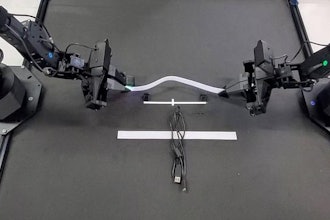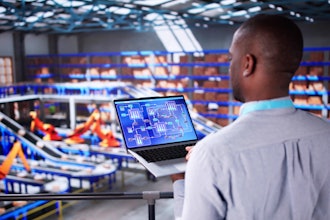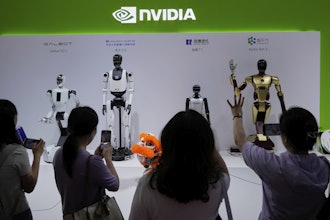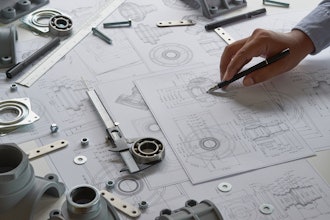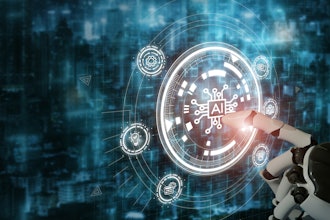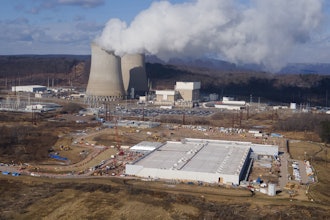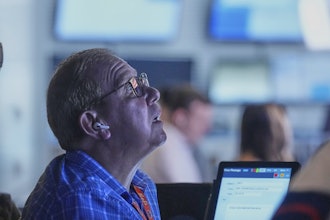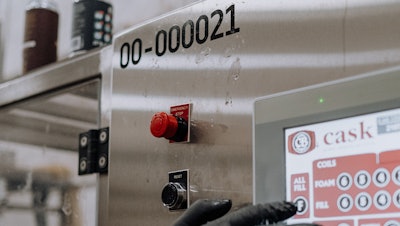
As businesses continue to find new applications for artificial intelligence and machine learning, the human machine interface or HMI plays a key role.
HMIs are frameworks for collecting, displaying and relaying important information for manufacturing and industrial environments – and they're very effective in optimizing automations.
Let's talk a bit about how the HMI works in the context of smart industrial systems, in tandem with AI applications.
What is the HMI?
The human machine interface or HMI is essentially a tool for bringing together important data about industrial processes. The HMI will often combine data on ERP systems, as well as manufacturing execution systems (MES) that are part of the industrial Internet of things. The HMI can also incorporate supervisory control and data acquisition or SCADA systems data.
Simply put, the HMI showcases what’s happening within a control environment, by presenting the right components and data sets, representing the actual control system.
 Justin Stoltzfus
Justin Stoltzfus
The HMI and Data Visualization
The HMI works on the principle of data visualization, which means that it makes collected data sets into displays that humans can easily understand.
Data visualization is an idea that came out of the “big data” age: as companies found themselves with ever-larger data assets, the concern became how to manage them and how to curate them in practical ways.
Many HMIs use a visual dashboard design to do this effectively. They'll present things like product execution information, product data and scheduling outcomes, through clear and compelling displays, including charts and graphs and other types of data visualization. As decision support systems, the HMI will combine what the machines are doing and what humans can apply as observers.
Engineering for HMIs
In building HMI systems, engineers and designers need to think about what the average end-user needs.
In other words, the interface is designed to be used by a human, as well as a set of machines doing their jobs, whether that's sensors, manufacturing equipment, cameras or anything else. Programmable logic controllers and other pieces of hardware also play a role in many cases.
Engineers can use things like ANSI standards to guide in the creation of new HMI systems. They can think about considerations like display hierarchy, which can further inform the design process. Generally, engineers will be taking the data items, like KPIs, alarms or the contents of a log or event monitor and putting them into manageable formats and frameworks.
The result is that while machines know what they are supposed to do, humans can understand what the machines are doing at the same time. Assets like state and logical diagrams can help. The transparency feeds change improvements and opens up opportunities for a business. The business process optimization (BPO) brought by new designs can boost profits and productivity.
Working with Artificial Intelligence
Conceptually, while the HMI is a way to display central data, AI is the automation engine for the industrial processes. AI is like the automation ‘director’ that gets things done. The HMI is the roadmap that everyone consults.
To that end, certain layout strategies are helpful for HMIs. These include the concept of grouping or putting like data sets together and the practice of highlighting key information.
From a visual perspective, engineers can also use other key tools to make sure that the human users have the best access to what the interface contains. Color coding is one example. Another excellent example is the local representation of hardware pieces and mechanical elements through icons. Generally speaking, when the HMI can display maps of where sensors, actuators, nozzles, cameras and other hardware are, they can be more effective in orienting human users.
The bottom line is that BB and AI can work together to make automation more feasible for industrial processes. Together, these technologies are revolutionizing all kinds of industries and eliminating labor and cost. The HMI, for its part, represents a “human in the loop” philosophy of AI/ML, where, instead of replacing human operators, the AI or tool is supposed to be working in an assistive capacity. Look for HMIs and AI to keep improving industrial and manufacturing systems.
---
Justin Stoltzfus writes for local newspapers in central PA, as well as numerous digital publications covering news in the technology sector. Stoltzfus is a graduate of James Madison University in Harrisonburg, VA.
 Justin StoltzfusJustin Stoltzfus
Justin StoltzfusJustin Stoltzfus









